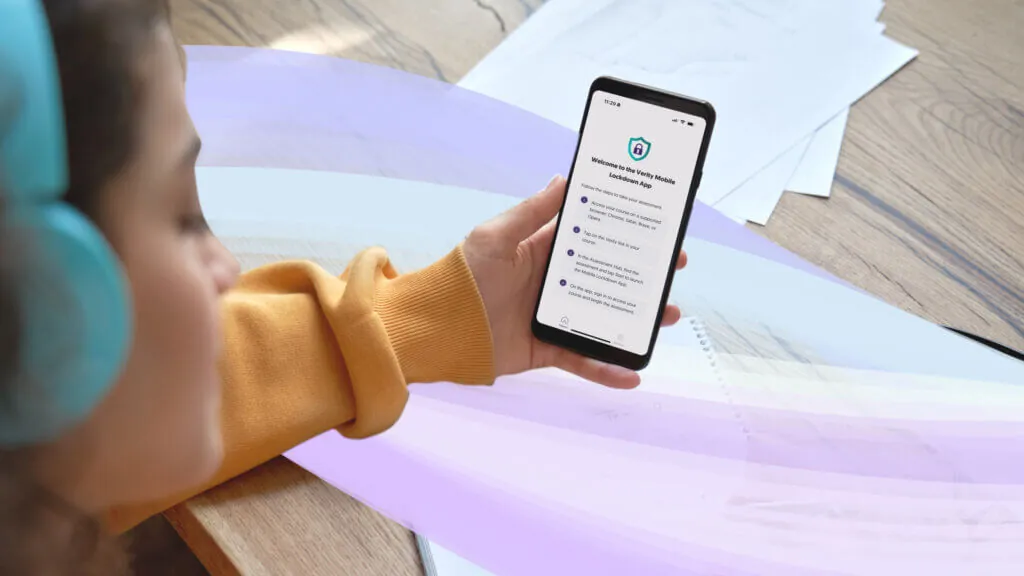This assessment captures a fundamental challenge in higher education: the same features that make PDFs attractive to educators often make them barriers for students with disabilities. While institutions work to meet compliance standards, many discover that technically accessible documents can still create frustrating user experiences.
The difference between checking accessibility boxes and creating truly usable content often determines whether students succeed or struggle with course materials.
Understanding PDF Accessibility vs. Compliance
PDF accessibility and compliance are related, but distinct concepts. Compliance focuses on meeting technical standards, such as WCAG (Web Content Accessibility Guidelines), Section 508, and ADA requirements for proper tagging, alternative text for images, structured headings, and reading order. Compliance is crucial for institutions to reduce legal risk and avoid costly lawsuits, especially with increasing regulatory scrutiny. Accessibility centers on whether students or users can actually use the document effectively.
A PDF might pass compliance tests and still frustrate users. For example, a research paper with alt text of “image1.jpg” is technically correct, but isn’t accessible because it doesn’t describe the image or graphic in a useful way. Or consider a syllabus where headings are tagged, but the reading order jumps between columns. While both examples might meet technical requirements, they would fail real users and students.
Likewise, a document might provide clear navigation, meaningful descriptions, and logical flow, yet fall short on technical standards. The goal is to achieve compliance and usability to best serve those interacting with your content.
Starting With the PDF Accessibility Basics
Institutions don’t need to solve every PDF accessibility challenge at once. Start with high-impact improvements such as:
- Document Titles and Language: Ensure every PDF has a descriptive title and specified language in the document properties. This simple metadata helps screen readers understand and announce content properly.
- Meaningful Alternative Text: Replace generic image descriptions with text that conveys meaningful, useful information and details.
- Proper Heading Structure: Use actual heading tags (H1, H2, H3) rather than just making text bigger or bold. This creates a navigation roadmap for assistive technology users.
- Reading Order Review: Test documents with screen readers or use accessibility checkers to ensure content flows logically from beginning to end.
With growing regulatory pressure, including the Department of Justice’s mandate for comprehensive digital accessibility by 2026, institutions need scalable approaches that don’t overwhelm faculty.
Many institutions have thousands of PDF documents that need to be checked and remediated. Modern accessibility platforms can automatically detect structural issues, suggest corrections, and integrate remediation directly into learning management systems where faculty already work.
The key is finding solutions that enhance rather than complicate existing workflows, turning accessibility improvement from a separate task into a natural part of content creation.
Helping Students Succeed
Effective PDF accessibility requires both meeting compliance standards to protect institutions from legal risk and ensuring genuine usability so students can actually engage with content. When a biology student using a screen reader can navigate through a research paper’s headings, or when a student with dyslexia can access alternative text-to-speech formats, accessibility becomes what it should be: invisible infrastructure that works.
The most effective institutional approaches remove the burden of compliance tracking and manual accessibility remediation through automation, taking PDF accessibility from a complex technical challenge into a seamless part of content creation. When the heavy lifting happens behind the scenes, faculty can focus on teaching while students gain barrier-free access to learning materials.







